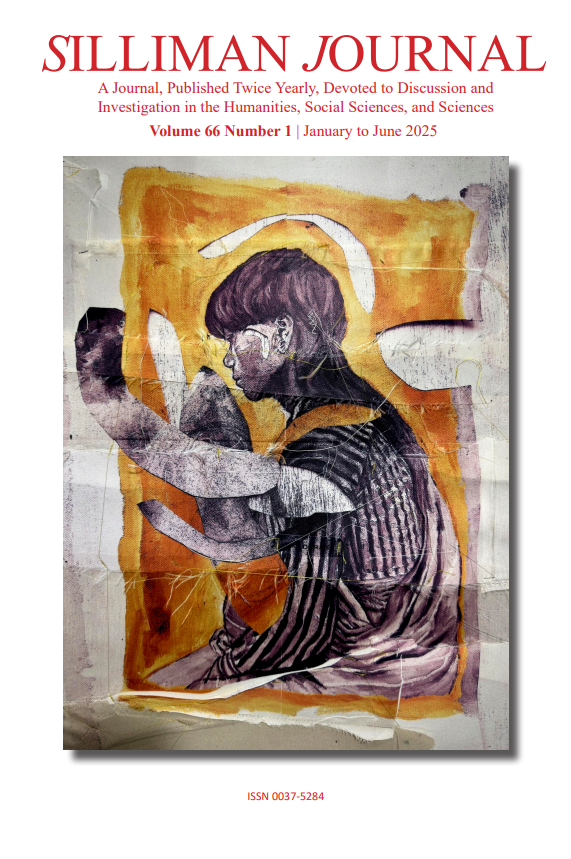Antibacterial Activity of Epidermal Mucus from Scarus Species
Keywords:
Antibacterial, Fish epidermal mucus, ParrotfishAbstract
The antibacterial activities of epidermal mucus in crude extract from Scarus dimidiatus, Scarus bleekeri, and Scarus forsteni against three pathogenic bacteria (Escherichia coli, Pseudomonas aeruginosa, and Staphylococcus aureus) were tested by determining the zone of inhibition and Minimum Inhibitory Concentration (MIC). Stock cultures of the microorganisms were sub-cultured and inoculated into Mueller Hinton Agar plates with mucus-impregnated filter paper. The diameter of each zone of inhibition was measured after 16-18 hours of incubation. Gram Staining was also performed, and bacterial cultures were diluted into 4-fold steps. A total of 0.2 ml of mucus was inoculated into Mueller-Hinton Broth to determine the MIC. Test for significance of difference demonstrated that S. forsteni exhibited the largest average zones of inhibition, followed by S. dimidiatus and S. bleekeri. P. aeruginosa was the most susceptible to fish mucus, followed by E. coli and S. aureus. Gram staining results suggest that the three bacteria were successfully inhibited, but the bacteria intrinsically present in fish mucus were not. None of the tubes turned clear for the measurement of the MIC. The turbidity observed was most likely due to 1) the presence of other bacteria inherently present, 2) the mucus used was not purified, and 3) the mucus was already turbid. With these findings, it can
be concluded that the epidermal mucus of S. dimidiatus, S. bleekeri, and S. forsteni inhibits the growth of E. coli, P. aeruginosa, and S. aureus and thus plays an important role in fish against invading pathogens.


